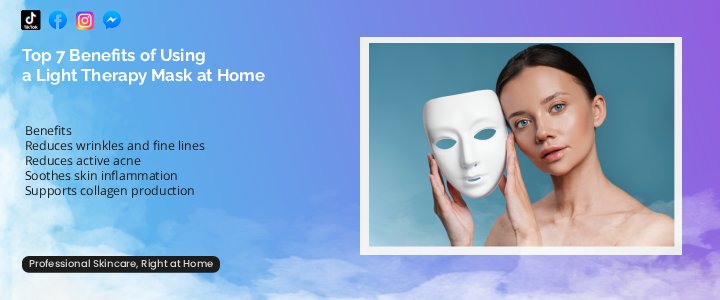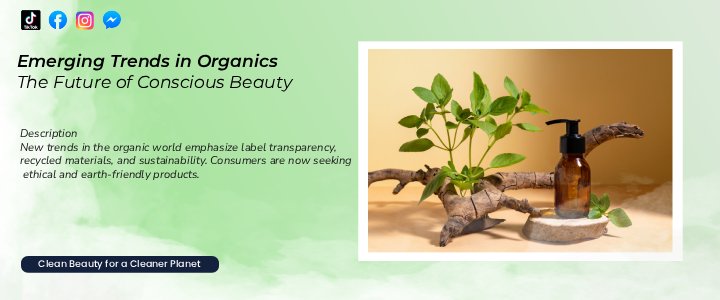Using Light Therapy Mask
Skincare technology has come a long way, and one of the most popular innovations today is the light therapy mask. Once only available at dermatology clinics and spas, these devices are now accessible for at-home use, making professional-level skin treatments easier than ever.
If you’ve been considering adding a light therapy mask to your skincare routine, you might be wondering if it’s worth the investment. The answer is a resounding yes—when used consistently, these masks offer a wide range of benefits for almost every skin type.
Top 7 Benefits of Using a Light Therapy Mask at Home
Light therapy masks aren’t just a passing skincare trend—they deliver real results backed by science. Here are seven key benefits you can enjoy when using one regularly.
INIA Red Light Therapy Mask is one of the most popular mask therapies at the moment, you can read the review here first.
INIA Red Light Therapy
Professional Skincare Treatment at Home
Light therapy masks bring professional-grade skincare directly to your home. With red, blue, and sometimes near-infrared light options, they can target multiple skin concerns without the need for expensive appointments or downtime. This makes it easy to stay consistent with your routine and enjoy gradual improvements over time.
Anti-Aging and Wrinkle Reduction
One of the most well-known benefits of light therapy is its ability to stimulate collagen production. Red light therapy penetrates deep into the skin, helping to reduce fine lines, wrinkles, and sagging by improving skin elasticity. Over time, this leads to a more youthful, radiant complexion.
Acne Control and Clearer Skin
Blue light therapy is highly effective for targeting acne-causing bacteria on the skin’s surface. Regular use helps reduce breakouts, calm inflammation, and prevent future acne flare-ups. This makes it an excellent solution for people with oily or acne-prone skin who want a non-invasive approach to clearer skin.
Improved Skin Texture and Tone
If you’re dealing with uneven skin tone, redness, or rough patches, light therapy can help. Red light improves circulation and speeds up skin cell turnover, which results in smoother, more even-looking skin. This is especially helpful for post-acne marks and sun damage.
Relaxation and Stress Relief Benefits
Using a light therapy mask can be a surprisingly calming experience. Taking 10–20 minutes to sit back and let the light work can feel like a mini spa session, helping you relax after a long day. Some users even report improved sleep quality and reduced stress levels as part of their self-care routine.
Cost-Saving Compared to Professional Treatments
While the upfront cost of a light therapy mask may seem high, it can save you hundreds—or even thousands—of dollars compared to frequent spa visits or dermatologist appointments. Once you own the device, you can enjoy unlimited treatments without ongoing fees.
Consistency Leads to Better Results
Because light therapy masks are so easy to use, it’s simpler to stick to a regular routine. Consistency is key when it comes to seeing visible improvements, whether you’re targeting wrinkles, acne, or overall skin health. Having a mask at home means you’re more likely to use it several times a week, which leads to better long-term results.
As you can see, light therapy masks offer more than just cosmetic benefits—they can improve your skin health, boost your confidence, and even help you relax.
Also read what dermatologists say about the question of whether light therapy masks are safe in our previous article.Are Light Therapy Masks Safe? Here’s What Dermatologists Say
Adding a light therapy mask to your at-home skincare routine can be one of the best decisions you make for your skin. From reducing wrinkles to clearing acne and improving skin tone, the benefits are both visible and lasting.
With consistent use, you’ll enjoy professional-quality results without the cost and hassle of frequent spa visits. If you’re serious about taking your skincare to the next level, a light therapy mask is an investment that truly pays off.



